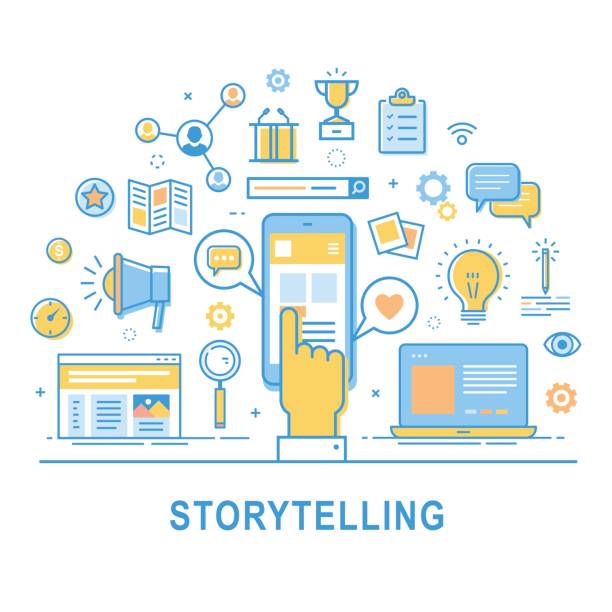Embrace the Digital Storytelling Revolution in Middle School ELA
What is Digital Storytelling?
Digital storytelling is a captivating approach that merges traditional storytelling techniques with digital tools and platforms. It encompasses the use of multimedia elements such as text, images, audio, and video to craft narratives that engage, inform, and entertain. It's about leveraging the power of technology to enhance the art of storytelling and create immersive experiences.
Platform-Specific Strategies for Digital Storytelling
Instagram: Micro-Stories with Impact - Encourage students to create a series of Instagram Stories that summarize key plot points or character developments from a novel they're studying. These bite-sized narratives can include images, text, and short videos. For instance, they can post a daily story capturing the protagonist's journey or share their interpretations of crucial scenes.
TikTok: Literary Analysis in 60 Seconds - TikTok's short video format is perfect for challenging students to condense their literary analysis into engaging, concise clips. They can use creative transitions and captions to explore themes, symbolism, or character motivations. This exercise not only sharpens their analytical skills but also hones their storytelling abilities.
Facebook: Virtual Book Clubs - Transform a closed Facebook Group into a virtual book club where students discuss the latest assigned reading. They can post their thoughts, questions, and insights, engaging in meaningful literary discussions. Encourage them to incorporate multimedia elements like images, memes, or short video clips to enrich their posts.
YouTube: Character Interviews and Book Reviews - Have students create YouTube videos where they assume the role of a character from the novel they're studying. They can conduct mock interviews, sharing their character's thoughts, motivations, and experiences. Additionally, YouTube is an ideal platform for posting book reviews. Students can use visuals and articulate storytelling to convey their opinions effectively.
Digital Storytelling Apps: Multimedia Narratives - Platforms like Adobe Spark, Storybird, or even Google Slides allow students to craft multimedia narratives. They can combine text, images, audio, and video to retell a story from a unique perspective. For example, they can create an interactive timeline of a character's evolution throughout the plot.
Digital storytelling in the ELA classroom is a potent method for making learning relevant, engaging, and creative. By understanding what digital storytelling entails and employing platform-specific strategies, you can empower your students to use their digital skills for educational purposes. These approaches not only deepen their understanding of literature but also prepare them for the digital storytelling landscape they encounter daily. Embrace the digital storytelling revolution and watch your ELA classroom come alive with the magic of storytelling in the digital age.


Comments
Post a Comment